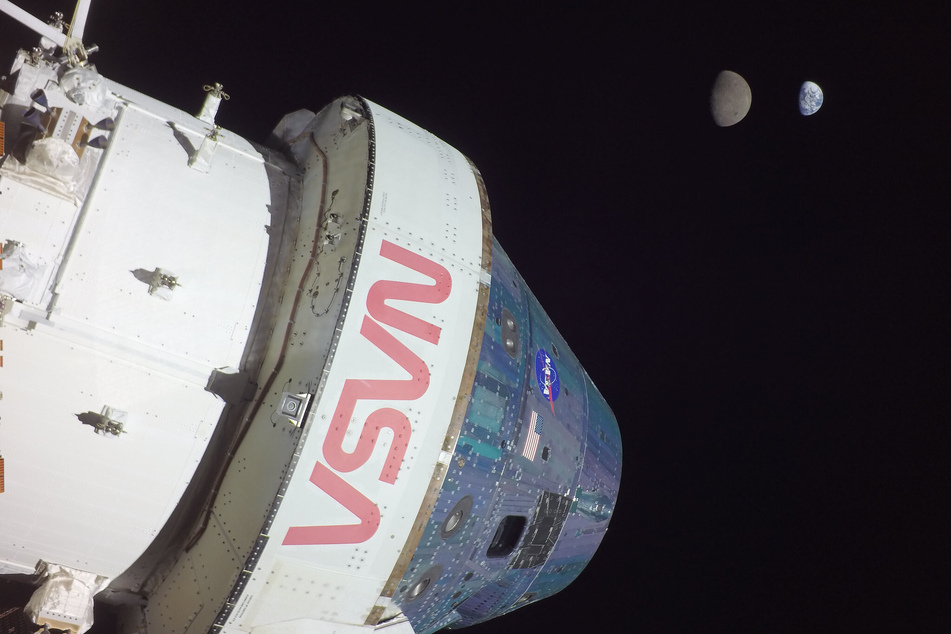NASA's Orion spacecraft heads home with splashdown date set
NASA's Orion spacecraft is heading home after exiting the lunar sphere of influence.

Orion completed the return powered flyby burn that put the spacecraft on course for splashdown on Sunday. Earth's force of gravity is now the primary gravitational force acting on the spacecraft.
Flight controllers used Orion's cameras to inspect the crew module thermal protection system and European Service Module, the second of three planned external spacecraft inspections.
Teams conducted this survey early in the mission to provide detailed images of the spacecraft's external surfaces after it had flown through the portion of Earth's orbit containing the majority of space debris, and teams reported no concerns after reviewing the imagery.
This second inspection during the return phase is being used to assess the overall condition of the spacecraft several days before re-entry.
Cameras on the four solar array wings have captured a series of still images. Engineers and flight controllers at NASA's Johnson Space Center in Houston will review the imagery over the coming days.
A final photographic survey will be conducted Friday as Orion continues its journey home.
Teams responsible for recovering Orion after its splashdown are continuing preparations ahead of the December 11 splashdown off the coast of California. The mission management team will determine the landing site location on Thursday.
As per the latest data provided by NASA, Orion was traveling 244,000 miles from Earth and about 79,000 miles from the Moon, cruising at 500 miles per hour.
The 322-foot-tall stack, consisting of the Space Launch System rocket and Orion spacecraft, lifted off from NASA's Kennedy Space Center in Florida on November 16.
This is the first leg of the Artemis mission, with no crew on board, aimed at laying the foundation for a sustained long-term human presence on and around the Moon.
Cover photo: NASA
